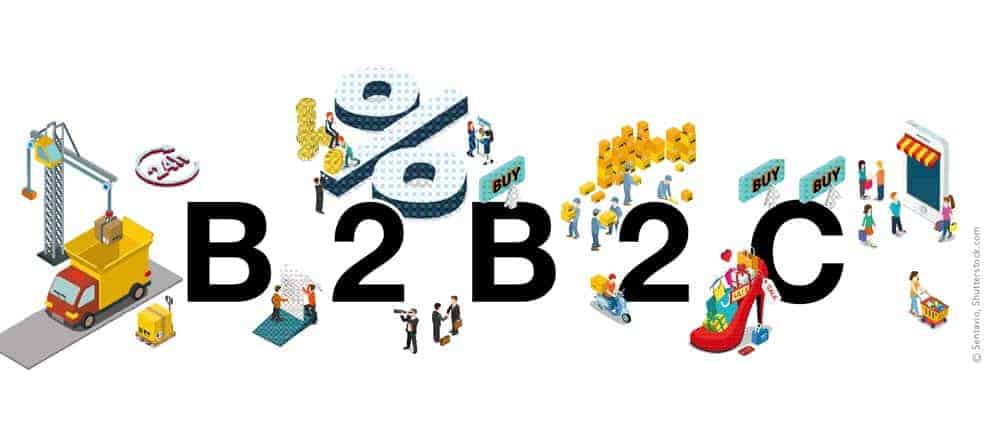Store Management 3.0


Certainly, a lot has been done in this day and age to make digitization tangible for everyone, be it through video sessions, social networks or the like. But how far have the workflows really come? What achievements are there for employees in the retailer's stores at all?
Electronic shelf labels, self-checkout solutions, digital signage are familiar topics, but certainly not yet fully in use everywhere, moreover always with the focus on the customer. But what about the core business? Merchandise management, advising customers, or even the classic checkout? How do I design the internal workflows of my store appropriately and with integrated, flexible solutions?
Experience from the retail sector shows that there are a number of different levels of sophistication. There are proprietary checkouts from one manufacturer, including the software, or the classic MDEs (mobile data entry devices) with a hard-wired decentralized store merchandise management system.
The cash register is in a fixed location, store merchandise management is used with the MDE, and e-mails, communication, and daily closing tasks are often located in the back office. Of course, there are already mobile solutions on smart devices or similar devices, but there is often still a lack of consistency in all processes.
In a store, it's often a lively back and forth for employees between back-office activities, classic checklist ticking, goods handling, customer advice, and all that sometimes with technical support or even without. Does that still have to be the case?
What if I no longer use decentralized solutions, but instead cloud-based approaches from a single source? Everything accessible on a tablet as an example? That's possible - whether cash register, store merchandise management or many other combinations (integrate CRM info, price control, forecasting, work lists, etc.).
With an end-to-end branch solution that also serves as a platform and is open to further services, you not only achieve increased employee satisfaction, but ultimately better service for customers. And this at any time at the point of use, without being tied to a fixed point.
A practical example: A store employee books a goods receipt using the tablet or smart device of his choice, and is asked by a customer about an item with regard to stock of a different type. The store employee calls up a corresponding function and, thanks to integrated real-time inventories from a central system (for example, SAP Customer Activity Repository, SAP CAR), provides the information that the desired size is available.
Now he can even use another function to check out the customer directly or reserve the goods. This respective inventory change leads to the fact that in real time the no longer available goods are taken into account in all processes, up to a possible ship-from-store process from the online store.
Our experience in the RetailOneSolution network shows that there are virtually no limits when it comes to mapping processes. Digital cash register receipt calls, for example, because an auditor is performing an audit on site in the store, are just as much a problem as calling up customer information from the central CRM system.
An intelligent branch platform provides a home for all conceivable services. This is made possible via a central provisioning and access path, is flexible and mobile, and uses various cloud components or hybrid approaches. That is branch management 3.0! Digitalization in the branch for everyone who doesn't want to be late tomorrow.





